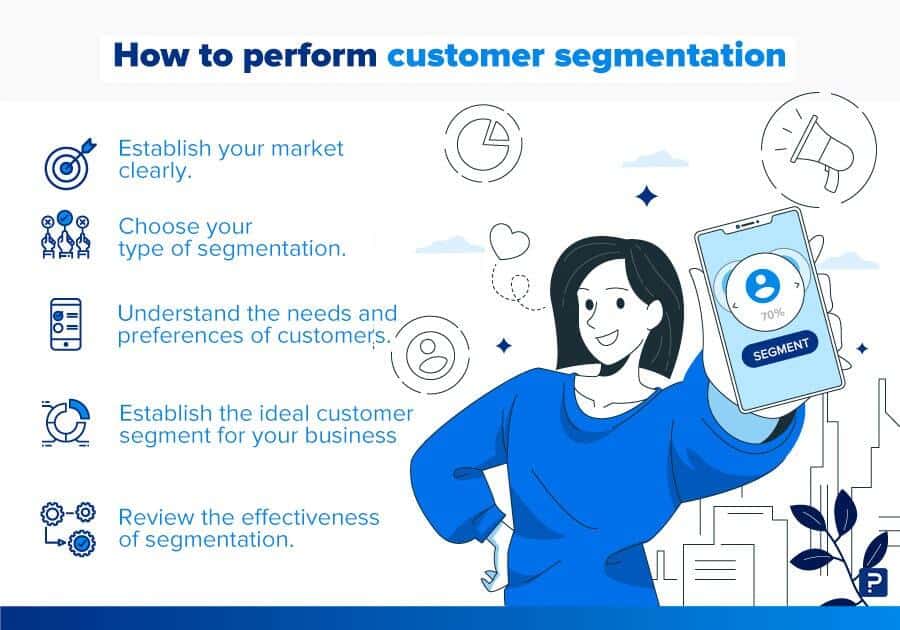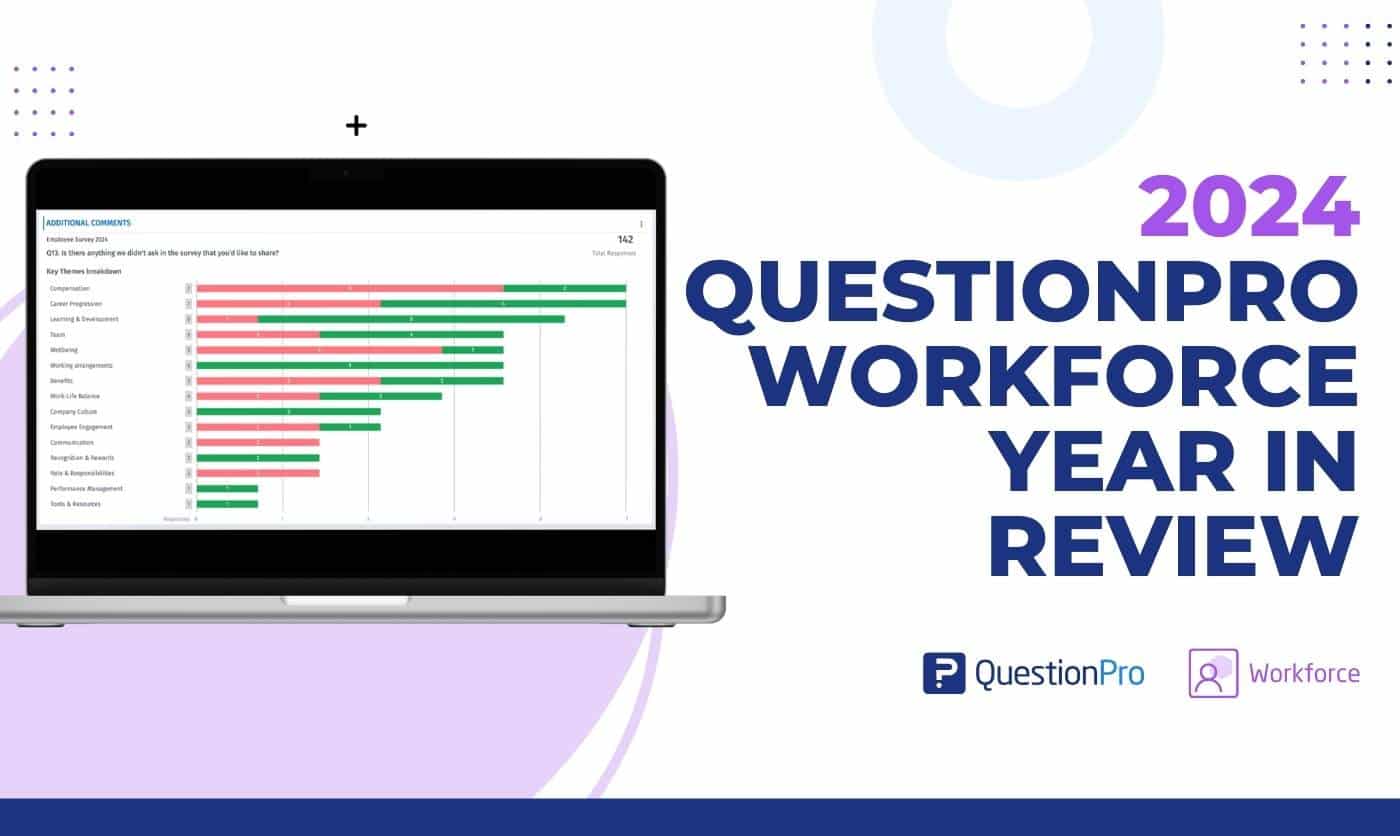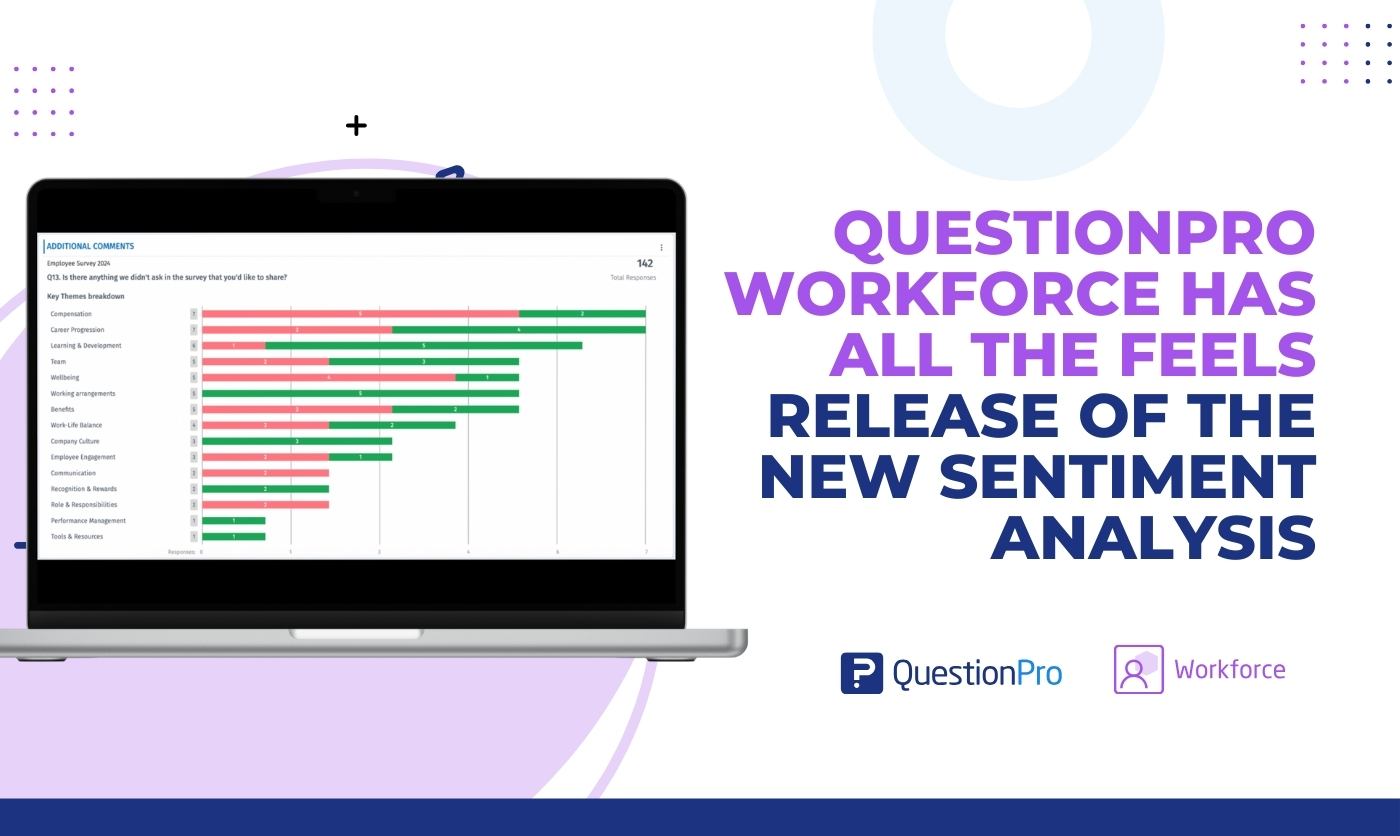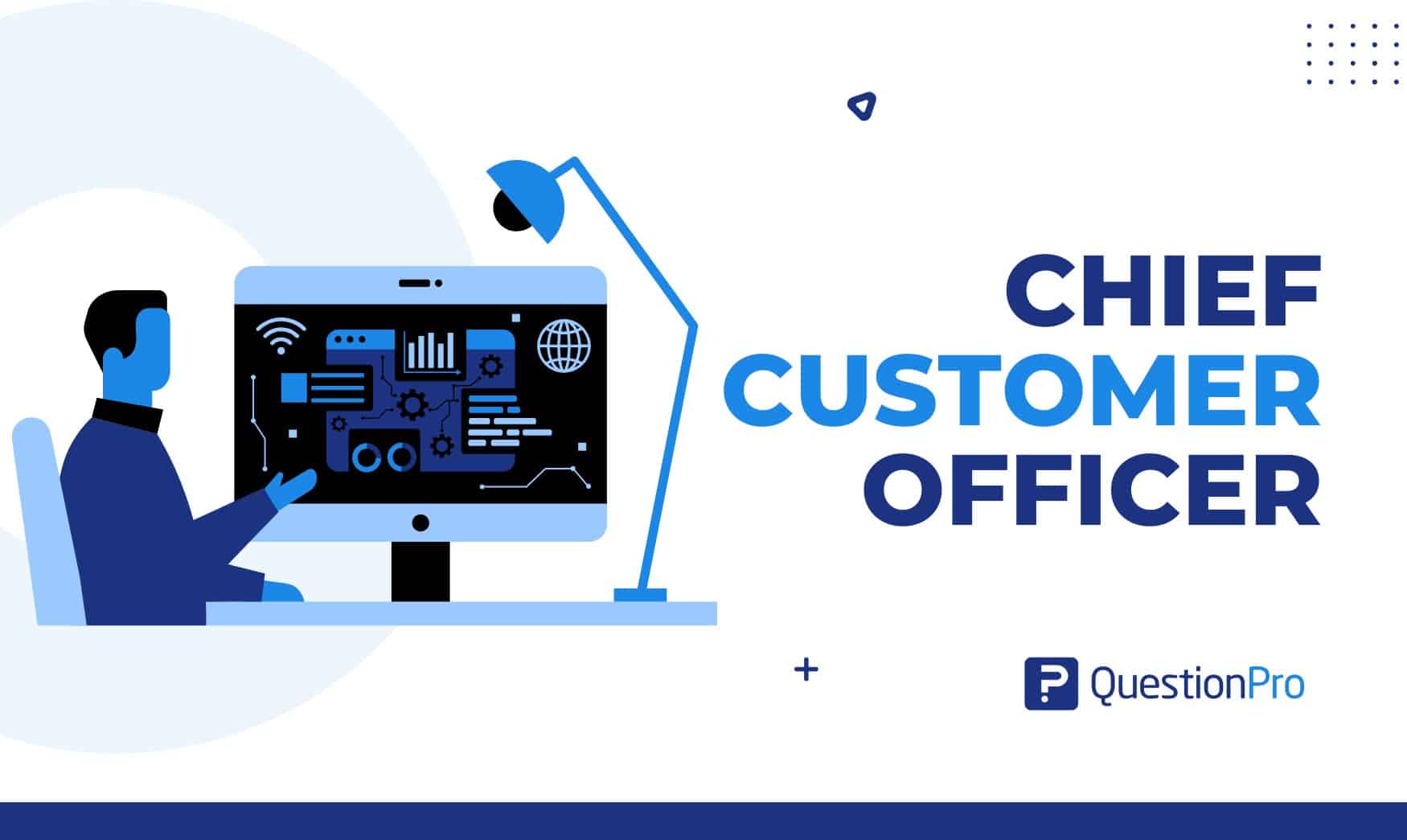
We know that there are more profitable consumers than others, so companies need to perform customer segmentation that allows them to differentiate this group from others and meet their demands effectively to keep them in the long term with the ideal customer behavior.
Even if the organization has a very specific market segment, there are still variations among individual customers.
To scale efficiently and effectively, companies must focus their efforts not on a broad universe of lead types, but on a specific subset of customers who are most similar to their current best customers.
What is customer segmentation?
Customer segmentation is the process of grouping customers based on common characteristics.
These customer groups are essential in defining marketing campaigns, identifying potentially profitable customers, and in developing customer loyalty.
Generally, this process is determined according to similar characteristics, such as personality or preferences that relate to the behaviors that drive customer profitability.
Customer segmentation is one of the most popular practices during market research. The process is based on identifying consumers who share the following:
- The fact that the same product can satisfy their needs, bringing us data about customer satisfaction.
- Buying habits, responses to messages, marketing channels and sales channels, that a single go-to-market approach can be used to sell them competitively and economically.
When organizations perform such segmentation, they can effectively allocate marketing resources and increase upstream and cross-sell opportunities.
Uses of customer segmentation
Organizations perform customer segmentation to meet specific objectives. Next, we mention each one of them:
- Product development:
Organizations can tailor product segmentation features to the needs of the target audience.
Establish the appropriate price:
Another utility of market segmentation is that it allows you to set the price of a product, identifying the customers who can afford it.
- Marketing messages:
This type of segmentation tries to establish the way in which organizations send a message to their audience in order to attract them effectively.
- Targeting advertising:
With customer segmentation, organizations divide the target audience into different groups to direct their promotions.
Types of customer segmentation
We can classify them in 4 different ways. Next, we mention each one of them:
- Geographical segmentation: It is the process of grouping customers based on their geographical location, climate, etc., to define the best place to market your brand and expand the business.
- Demographic targeting: This is one of the most important types of customer behavioral targeting. It is about grouping them using elements such as age, gender, nationality, educational level, family size, occupation, income, etc. In this way it is possible to know how they use the products and how much they would pay for them.
- Psychographic Segmentation: This process is about dividing clients based on their behavior, lifestyle, values, attitudes, and interests. Thorough research is necessary for this type of segmentation, as it is relatively subjective.
- Behavioral segmentation: It consists of identifying specific attitudes of customers, that is, trends in their behavior and the process to make a purchase decision.
How to perform customer segmentation
There are different methods of market segmentation. Next, we have for you the steps to effectively segment your customers:

1. Establish your market
The first step is to identify the size of the industry in which your business is oriented.
This process will help you discover how you can stand out from the competition and if your products have the right features to meet customer needs.
2. Choose your type of segmentation
Choose the type of segmentation that best suits the objectives of your organization.
To do this, you must resort to collecting customer data, aligning stakeholders on the variables to segment and validate potential segments.
3. Understand the needs and preferences of customers
To meet the needs of customers, organizations can collect information through:
- Interviews
- Online surveys
- Focus group
With the right questions, it is possible to know in detail the preferences, tastes and needs of the clients to cover them successfully.
4. Establish the ideal customer segment for your business
Perform an analysis of the information collected in order to create specific and detailed market segments for your business.
To ensure the success of your customer segmentation efforts, it is necessary to cover a simple group that covers the majority of your customers and allows you to identify their needs and also confirm the acceptance of your products.
5. Check the effectiveness of segmentation
The last step of the is to carry out a test that ensures success.
This step involves testing your established market segmentation strategies with the right customers to identify items that need adjustment.
Advantages of customer segmentation
This type of segmentation allows organizations to tailor their marketing efforts to various subsets of the target audience. Those efforts can relate to both communications and product development.
Additionally, customer segmentation has the following benefits:
- When you know who you are targeting, you can create targeted marketing messages that will impact specific groups of customers.
- Customer segmentation allows you to select the best communication channel for the segment, whether by email, social media posts, website advertising, or other traditional media.
- Identify ways to improve products and services. Based on the true needs of the customers who invest the most money in the organization.
- Direct efforts to the most profitable customers, having knowledge of their age, location, purchasing habits, interests, etc. In this way it is possible to send direct marketing messages to attract the right audience.
- Build better customer relationships and connect, which will build brand loyalty.
- Organizations can offer personalized customer service after meeting the needs of the most important segment of their business and thus, position their brand in the industry.
LEARN ABOUT: Consumer Decision Journey
As you have read throughout this article, customer segmentation allows organizations to identify the group of consumers from which they have the highest profits and establish strategies that help them meet their needs and use the appropriate messages to attract them.
Start collecting information from your consumers effectively. Contact us! At QuestionPro we will help you achieve it today.







